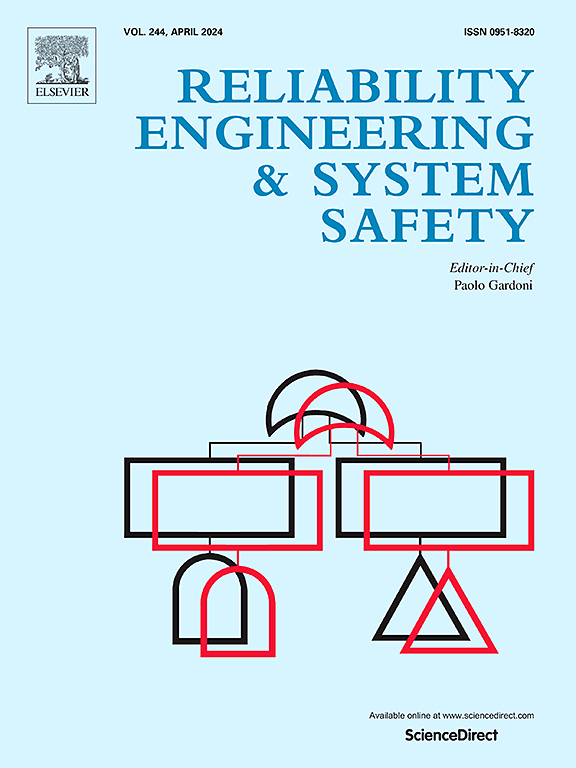机器学习增强的易损性曲线:提高地震风险评估中结构的可靠性和安全性
IF 11
1区 工程技术
Q1 ENGINEERING, INDUSTRIAL
引用次数: 0
摘要
易损性曲线在结构工程抗震风险评估和性能设计中具有重要意义。绘制这些曲线最准确的方法是在不同地震强度下进行非线性时程分析(NLTHA),评估不同PGAs的可靠性。然而,由于计算成本的限制,传统的脆弱性曲线往往过于简化。本研究引入了一种创新的自回归神经网络(ARNN),用于预测地震期间结构的时程响应,通过经济高效的蒙特卡罗模拟(MCS)实现更有效的易损性曲线生成。ARNN独特的输入层,包括模态分析以提取结构周期、窗口地震数据和结构响应,能够处理多个结构参数。此外,ARNN允许将单个时间历史记录划分为多个训练数据集,提高了机器学习的效率。与传统的脆弱性曲线不同,该方法考虑了地面运动和结构部件的不确定性,仅地面运动就需要10-20条NLTHA记录,考虑这两种不确定性时需要125 - 300条记录。通过三个数值算例,包括非线性柱、装有阻尼器的结构和隔基建筑,证明了该方法的有效性,显著提高了结构在地震评估中的可靠性和安全性。本文章由计算机程序翻译,如有差异,请以英文原文为准。
Machine learning-enhanced fragility curves: Advancing reliability and safety of structures in seismic risk assessment
Fragility curves are essential in seismic risk assessment and performance-based design in structural engineering. The most accurate method to create these curves is through extensive Non-linear Time History Analysis (NLTHA) at various seismic intensities, assessing reliability across different PGAs. However, traditional fragility curves, constrained by computational costs, often oversimplified. This research introduces an innovative Autoregressive Neural Network (ARNN) for predicting structures’ time-history response during earthquakes, enabling more efficient fragility curve generation through cost-effective Monte Carlo Simulation (MCS). The ARNN’s unique input layer, which includes modal analysis to extract structural periods, windowed earthquake data, and structural responses, enables the handling of multiple structural parameters. Additionally, ARNN allows a single time history record to be partitioned into multiple training data sets, enhancing the efficiency of the machine learning. Differing from traditional fragility curves, this approach considers uncertainties in both ground motion and structural components, requiring 10–20 NLTHA records for ground motion alone and 125 to 300 records when considering both uncertainties. This methodology’s effectiveness is demonstrated through three numerical examples, including a nonlinear column, a damper-equipped structure, and a base-isolated building, significantly enhancing structural reliability and safety in seismic evaluations.
求助全文
通过发布文献求助,成功后即可免费获取论文全文。
去求助
来源期刊

Reliability Engineering & System Safety
管理科学-工程:工业
CiteScore
15.20
自引率
39.50%
发文量
621
审稿时长
67 days
期刊介绍:
Elsevier publishes Reliability Engineering & System Safety in association with the European Safety and Reliability Association and the Safety Engineering and Risk Analysis Division. The international journal is devoted to developing and applying methods to enhance the safety and reliability of complex technological systems, like nuclear power plants, chemical plants, hazardous waste facilities, space systems, offshore and maritime systems, transportation systems, constructed infrastructure, and manufacturing plants. The journal normally publishes only articles that involve the analysis of substantive problems related to the reliability of complex systems or present techniques and/or theoretical results that have a discernable relationship to the solution of such problems. An important aim is to balance academic material and practical applications.
 求助内容:
求助内容: 应助结果提醒方式:
应助结果提醒方式:


